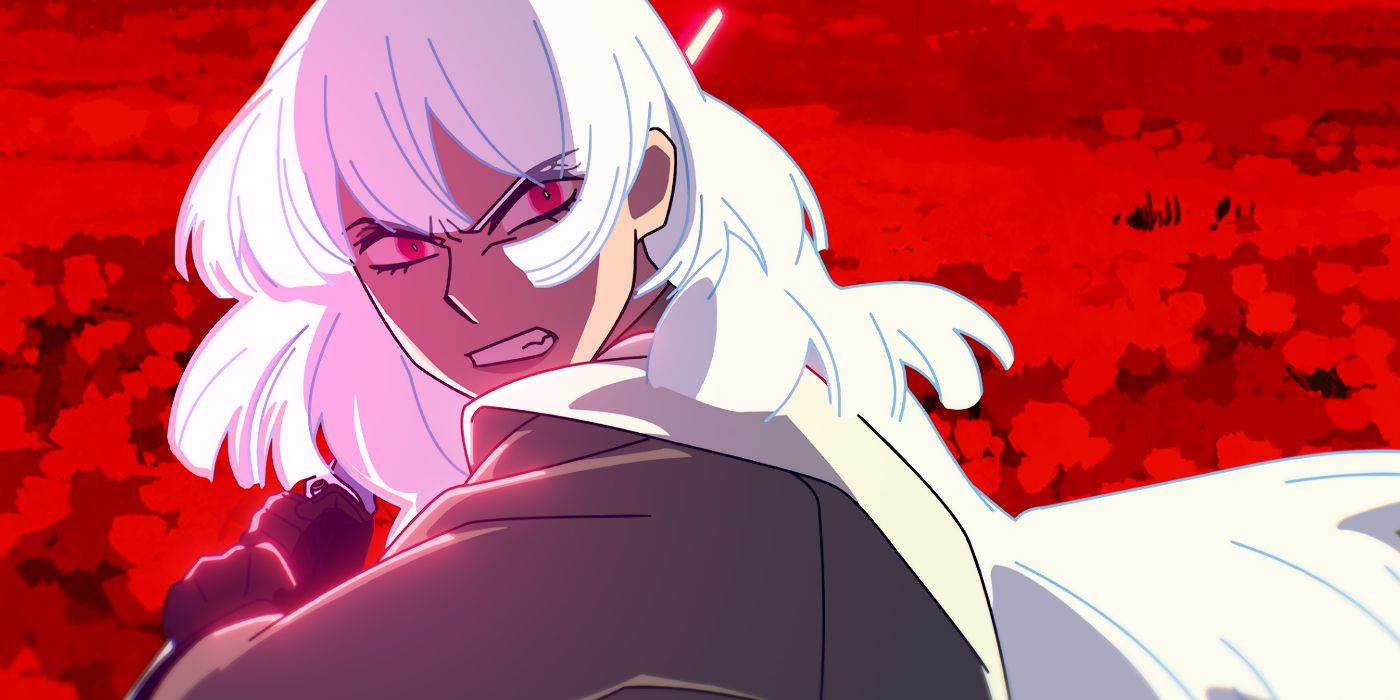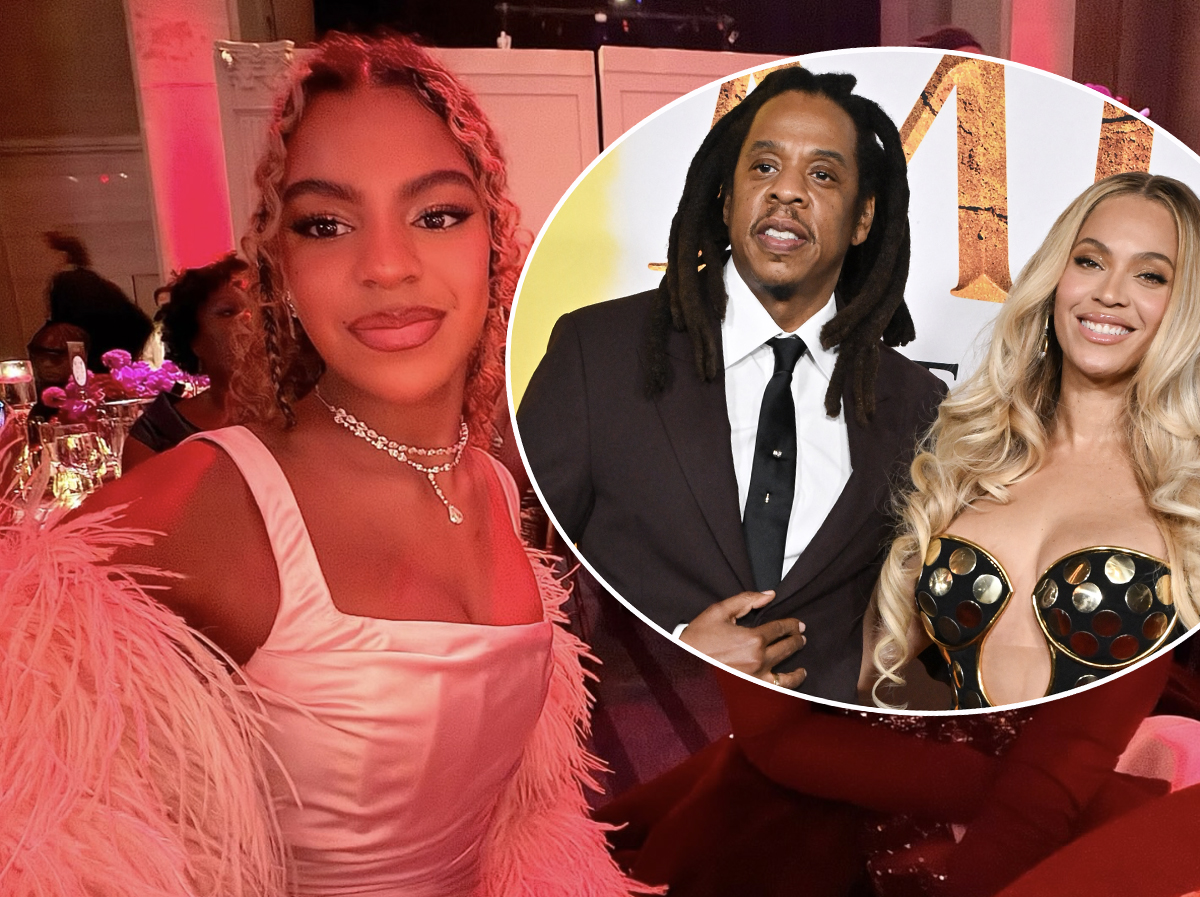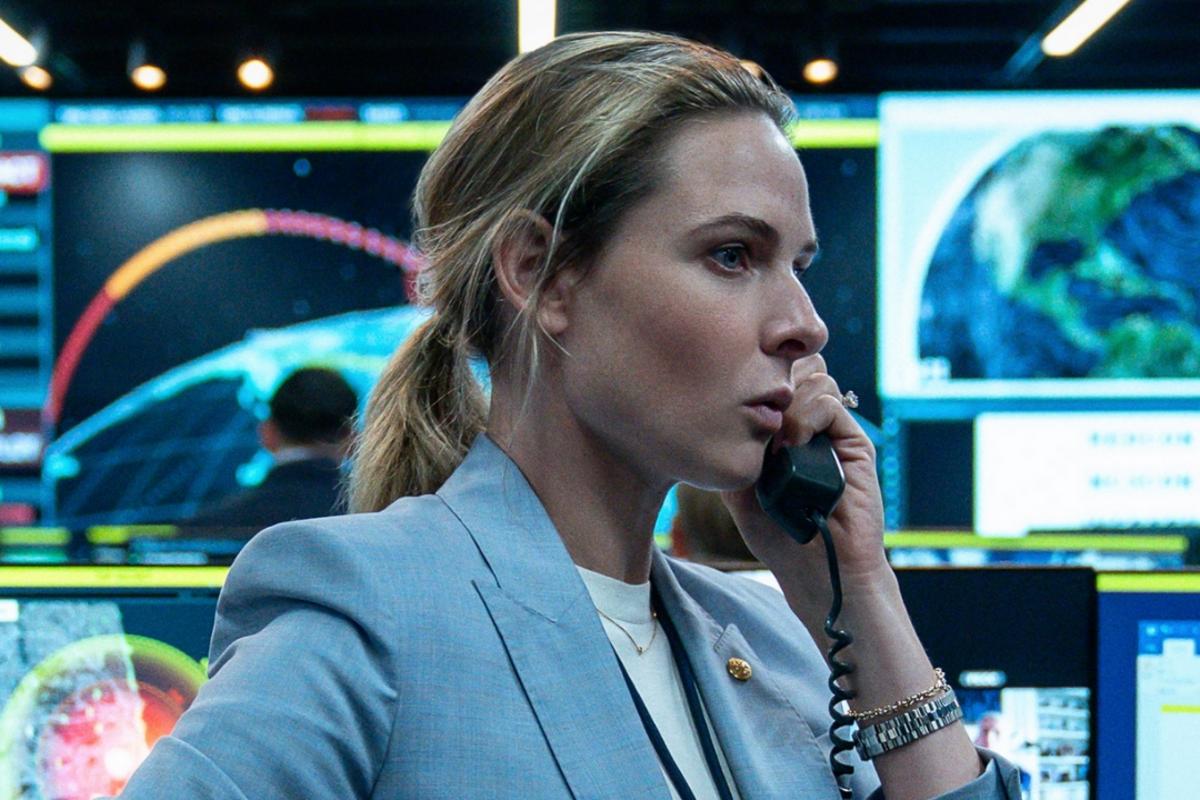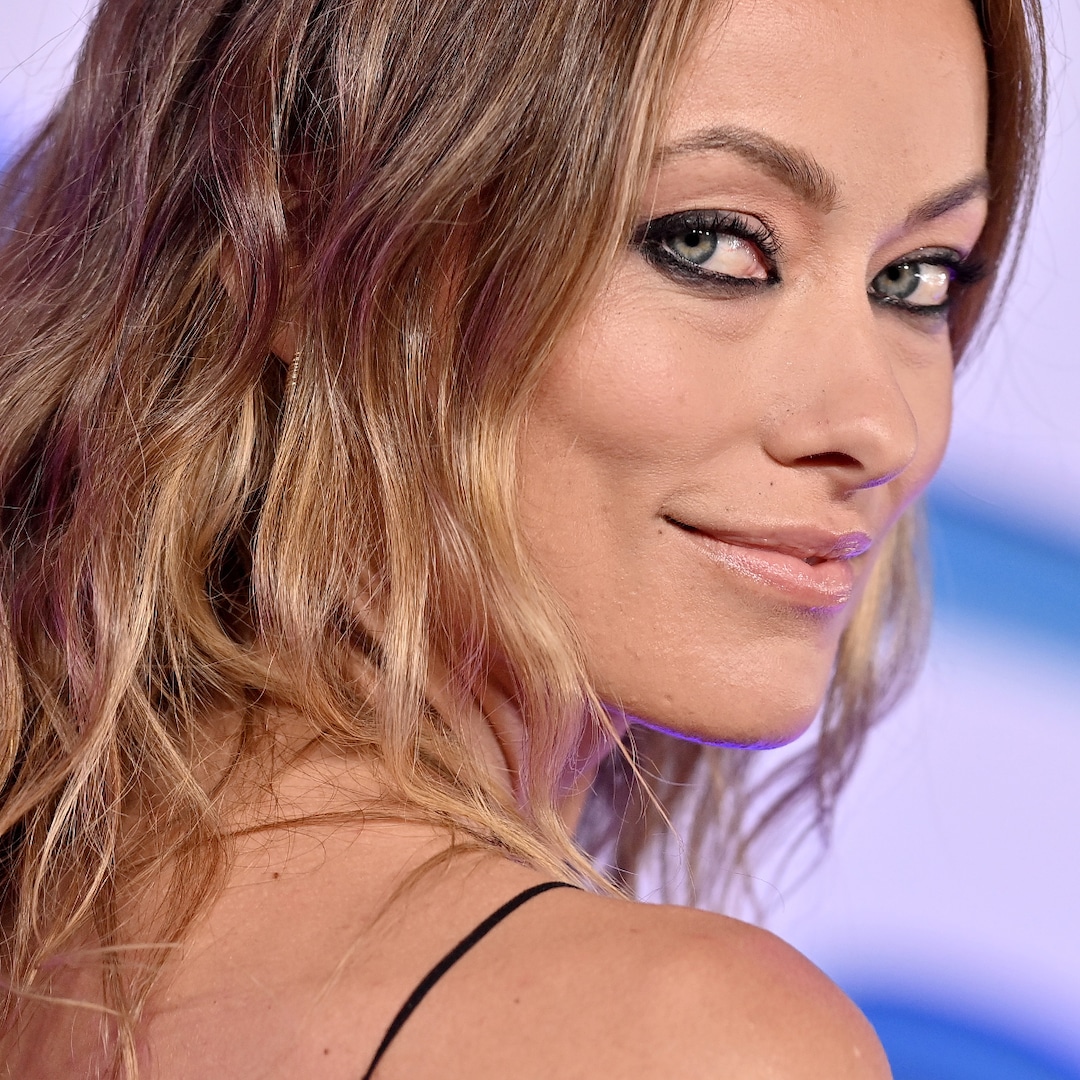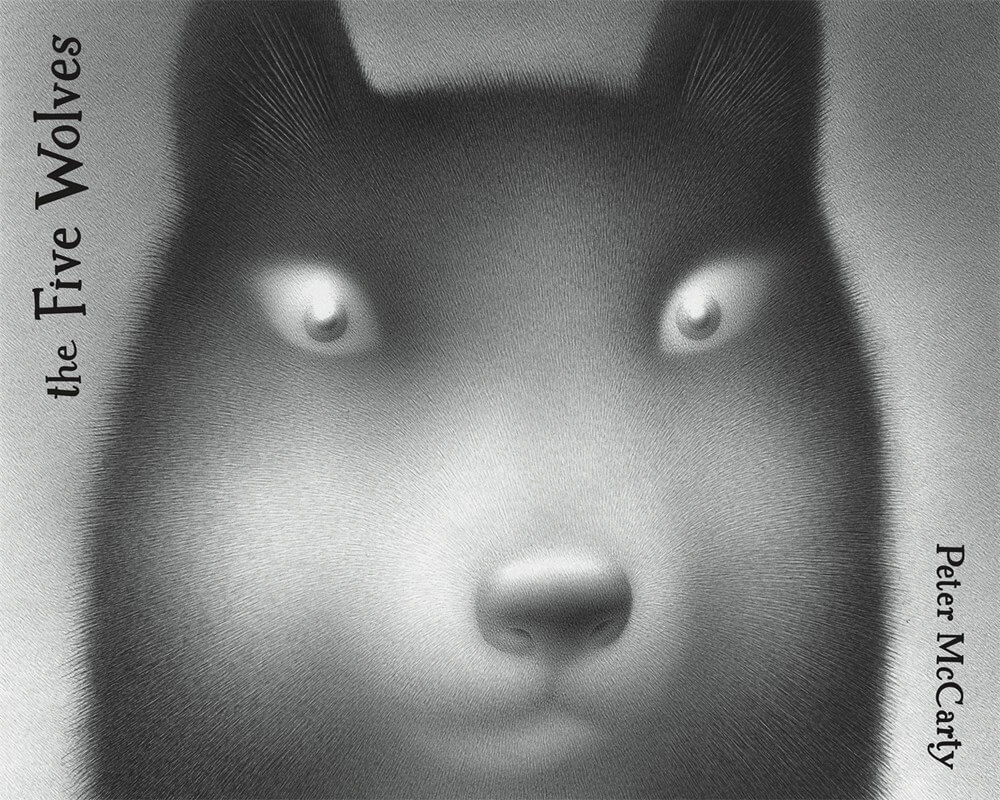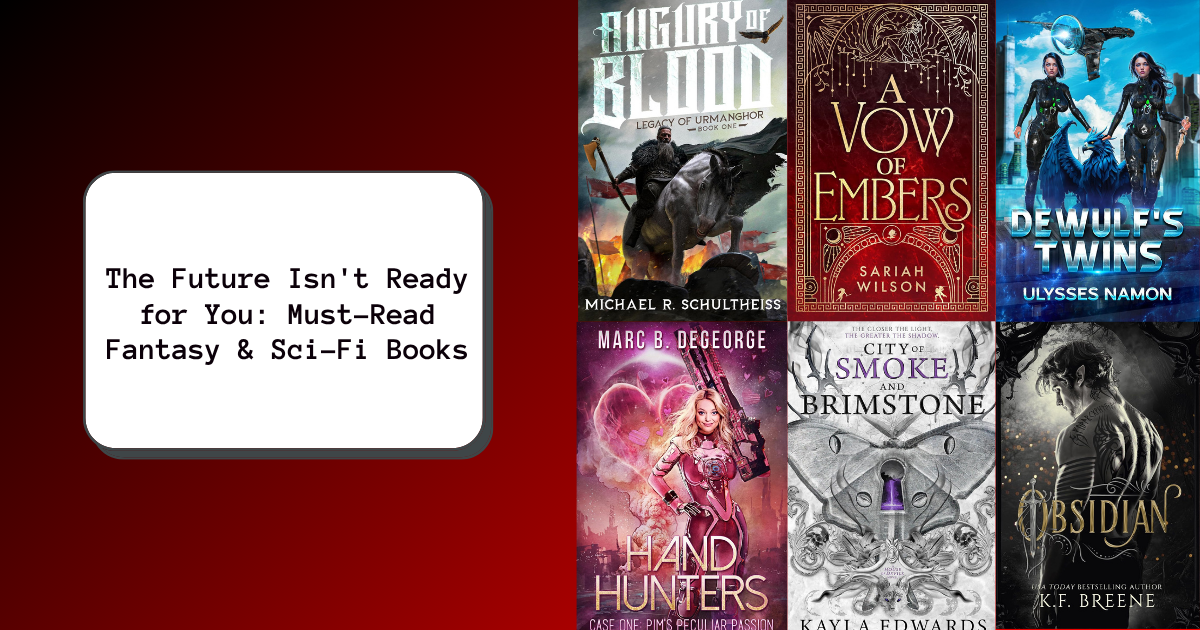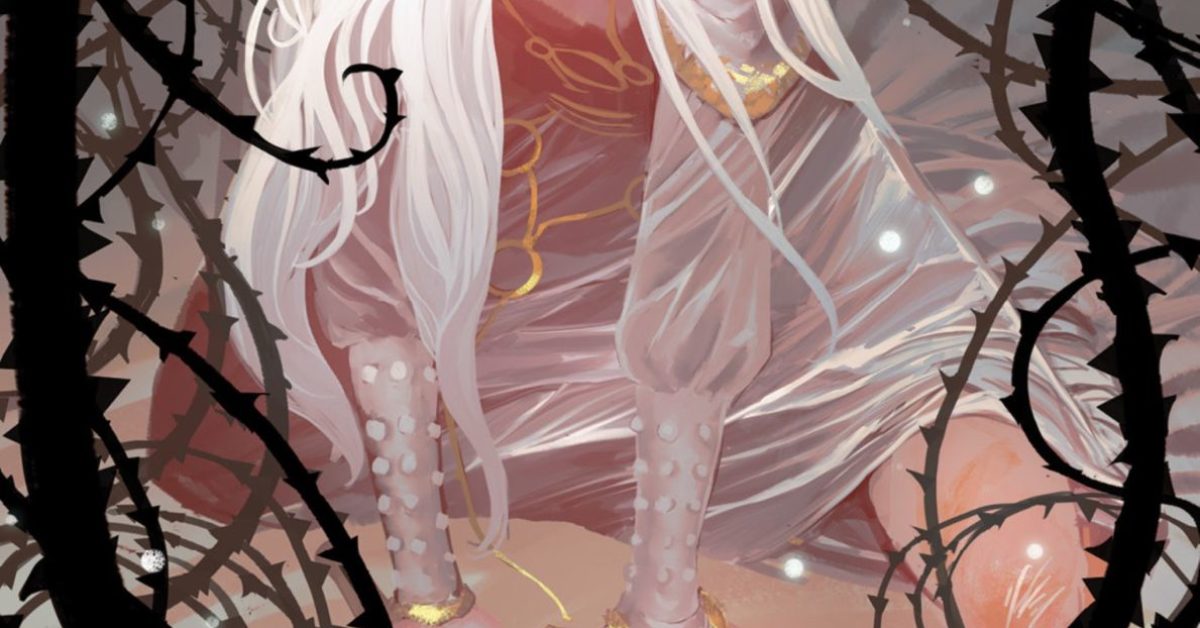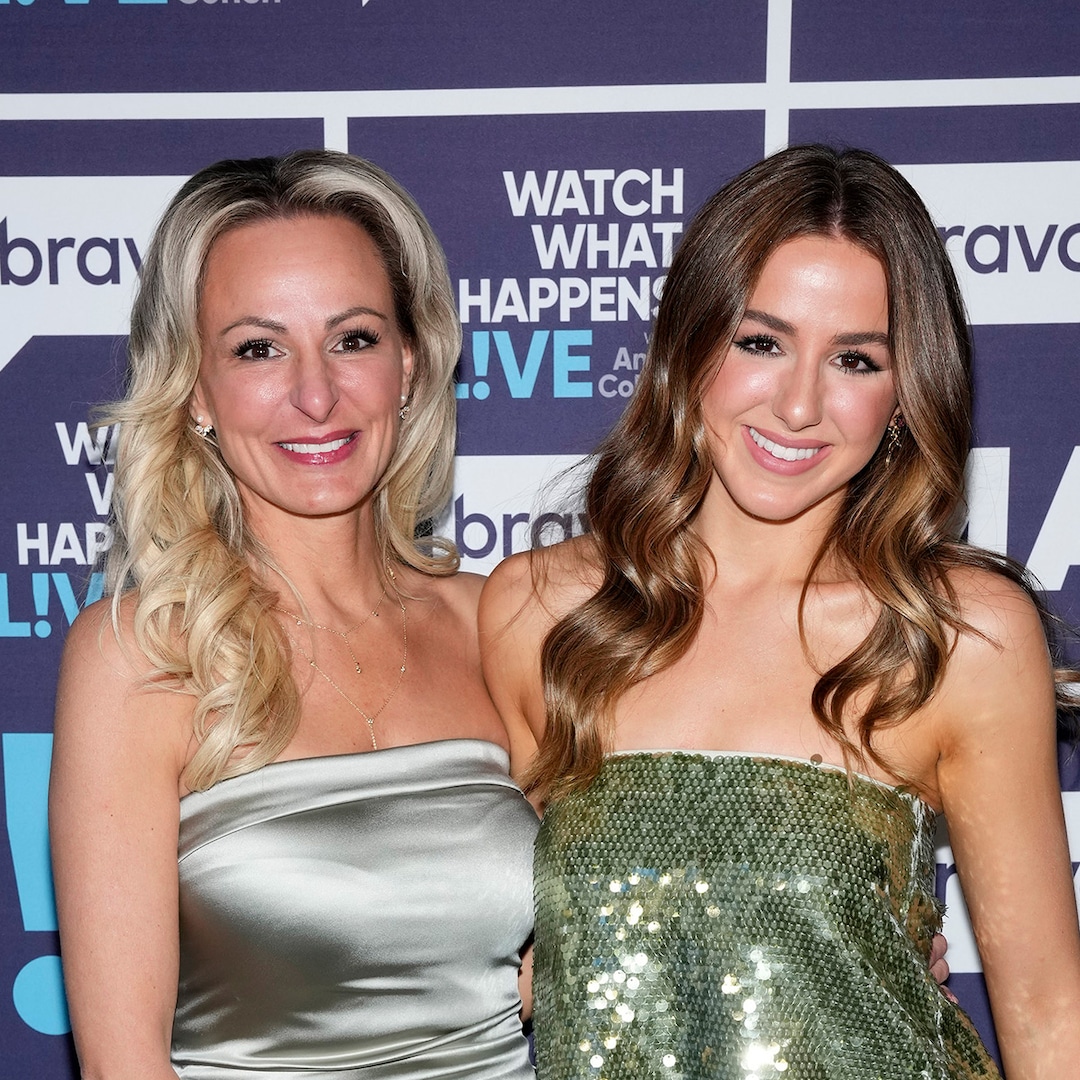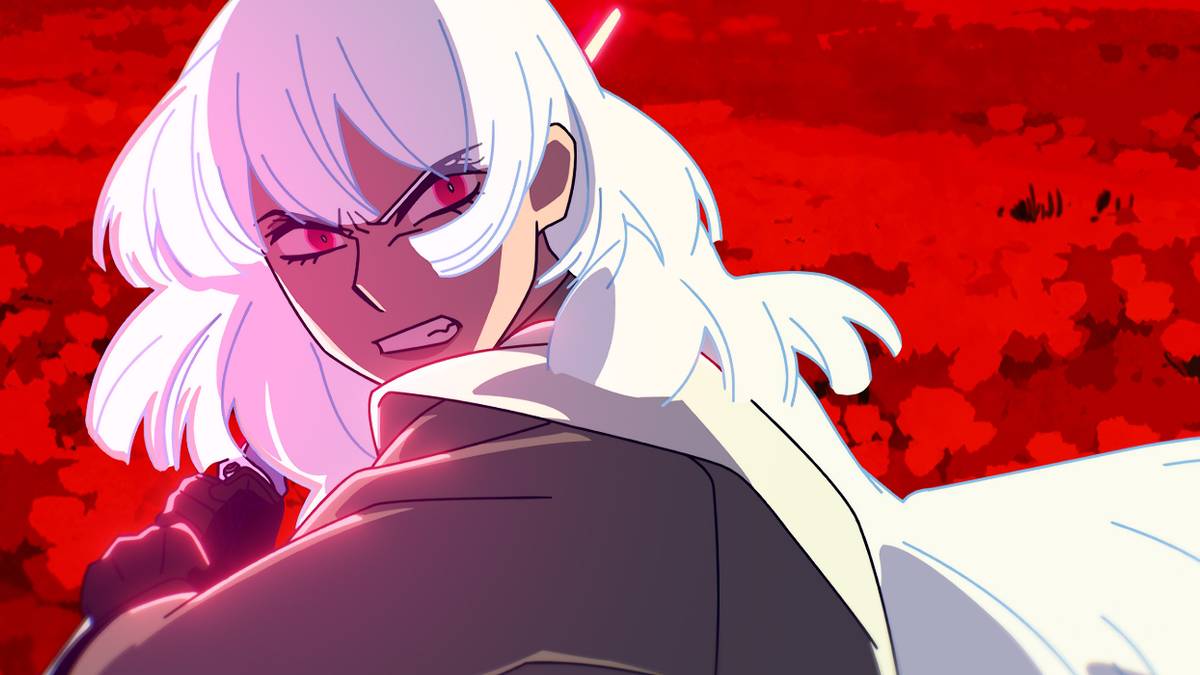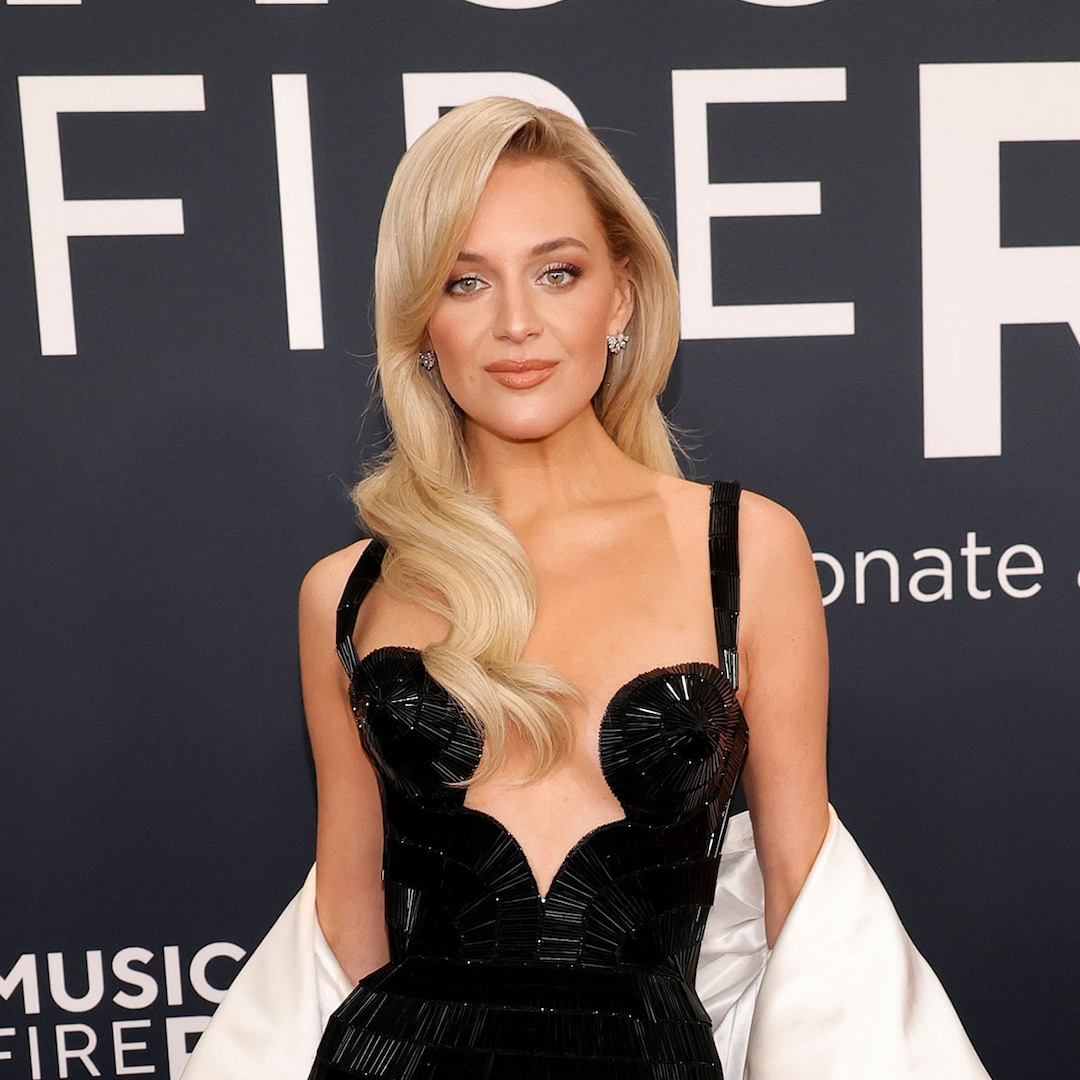Much like the entire Star Wars franchise as a whole, the most popular sci-fi IP of all time’s track record on Disney+ has had highs and lows. For every hit, like the masterfully crafted Andor and The Mandalorian‘s reliable entertainment, there is the underwhelming The Book of Boba Fett and the missed opportunity that was Obi-Wan Kenobi. However, one show that has consistently delivered in its first two seasons has also been the most surprising.
First released in 2021, Season 1 of Star Wars: Visions brought in some of the biggest names in Japanese animation, giving them free rein to tell whatever non-canon stories they wanted using familiar iconography. Following Season 1’s massive success, Season 2 pushed things even further with more animation studios, including those outside of Japan, such as Wallace and Gromit creators Aardman Animation. Now, Season 3 is bringing things back to basics, but with a twist, in what continues to be one of the best decisions Lucasfilm has made with the franchise in years.
‘Star Wars: Visions’ Season 3 Brings Back the Show’s Best Storylines
For the first time in Star Wars: Visions, Season 3 features three sequel episodes to some of the most memorable shorts from Season 1. These include the black-and-white Akira Kurosawa-inspired “The Duel,” the story-driven “The Ninth Jedi” (which is set to get its own standalone spin-off series), and the breathtakingly beautiful “The Village Bride.” It’s a significant step forward for the already ambitious series, but instead of feeling like the show is running out of ideas, these sequel episodes help Star Wars: Visions feel more vibrant than ever.
“The Duel: Payback” kicks things off with a deafening bang, once again reuniting audiences with the Ronin (Brian Tee) — a former Sith lord who is now dedicated to hunting down his kind. Star Wars: Visions Season 3 really could not have asked for a more exciting and visually stunning episode to get things started. Complete with an exceptional level of detail, a genuinely intriguing and creepy villain, and fight scenes that would bring a tear to Darth Maul’s eye, this return to form for the already stellar show is a fantastic first impression. The Ronin himself is also becoming such an iconic and memorable figure that he should be the face of his own standalone spin-off series.
Speaking of which, “The Ninth Jedi: Child of Hope” very much feels like a backdoor pilot for the upcoming spin-off show. That’s not a bad thing at all, as, just like with the first “Ninth Jedi” short, this particular episode is packed to the brim with lore and worldbuilding that feels right at home in the Star Wars universe, whether it’s canon or not. Just about all of Star Wars: Visions Season 3’s shorts come complete with a lovable droid, but Freddie Highmore’s character is destined to become a fan-favorite addition to the franchise.
Finally, “The Lost Ones” continues where “The Village Bride” left off to give us another look into the daily life of Karen Fukuhara‘s stoic Jedi. Similar to Andor, this breathtakingly beautiful short does a great job of exploring the everyday lives of everyday people who live in the Star Wars galaxy. It may not be quite as fast-paced and exciting as the other episodes of the series, but that’s also what makes it such a great entry in the series, as it’s a much-appreciated change of pace from the over-the-top action.
‘Star Wars: Visions’ Season 3’s Original Shorts Are Equally Ambitious and Innovative
Star Wars: Visions Season 3 knocks it out of the park with its sequel episodes, and the same can be said for its original ones as well. They are just as ambitious and inventive as the shorts that came before, with so many wacky concepts feeling right at home in the anime-inspired art forms. This is a Star Wars show that incorporates an X-Wing mech suit, a talking cyborg teddy bear, and an assassin droid with multiple personalities. Yet, none of it comes across as jarring or overly superfluous. Everything serves a purpose either narratively or visually, and that’s really the essence of what every Star Wars project typically strives for. The last two shorts in particular, with one following a blind Padawan and the other being an introspective examination of a dying Stormtrooper, are among the most inventive and innovative Star Wars stories ever told.
Past seasons of Star Wars: Visions have certainly had better episodes than others, but that’s perhaps the biggest difference that stands out in Season 3. There really isn’t a single episode that could even be remotely considered “bad.” Every short brings something unique to the table while also sharing easy-to-follow, well-structured storylines, jaw-dropping animation across the board, and an unprecedented amount of character and heart. “The Duel: Payback” isn’t the only episode to have some of the best fights in Star Wars since the Prequel Trilogy. The sequences are a true feast for the eyes, and the impressive lightsaber duels and blaster firefights boast a lot of the grit that some of the other modern Star Wars projects have been lacking.
With Disney and Lucasfilm moving further away from Disney+ projects and trying to get back into the live-action feature film game with The Mandalorian and Grogu and Star Wars: Starfighter, projects like Star Wars: Visions Season 3 make a real case for the two companies to continue exploring Star Wars’ future in TV. Yes, the sheer amount of projects being announced and released was simply too much, but it also didn’t help that so many of them felt too similar to one another. That’s where Star Wars: Visions has always excelled.
It’s easy to scoff at the lack of canon connection, but that level of creative freedom and the willingness to allow animators free rein over one of the most recognizable IPs ever conceived is what makes an experiment like Star Wars: Visions something very special. It’s a sometimes wacky, sometimes challenging, sometimes tearjerking, and always unique must-watch journey through every corner of the galaxy far, far away.
Star Wars: Visions Season 3 is available to stream on Disney+ now.

